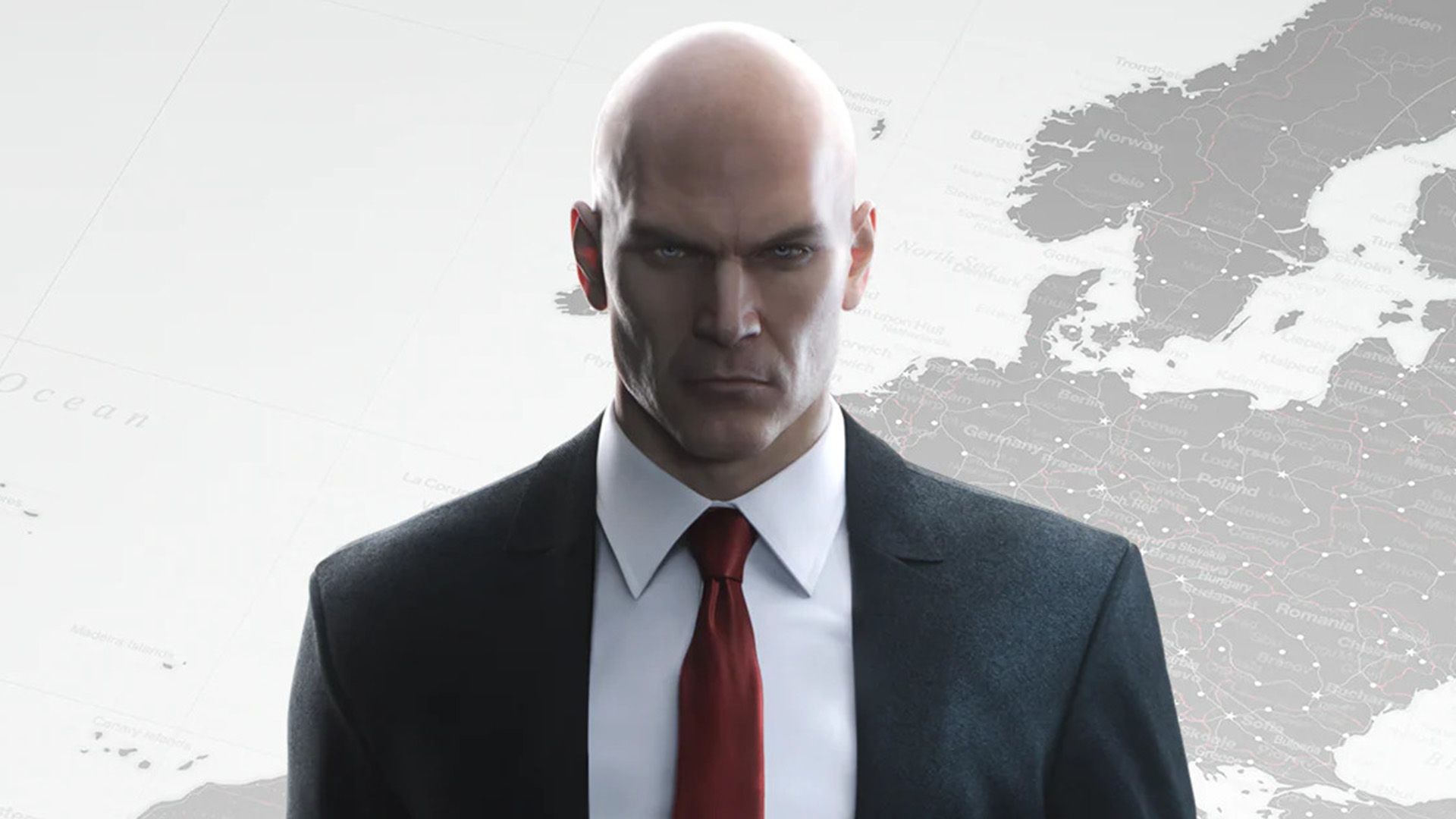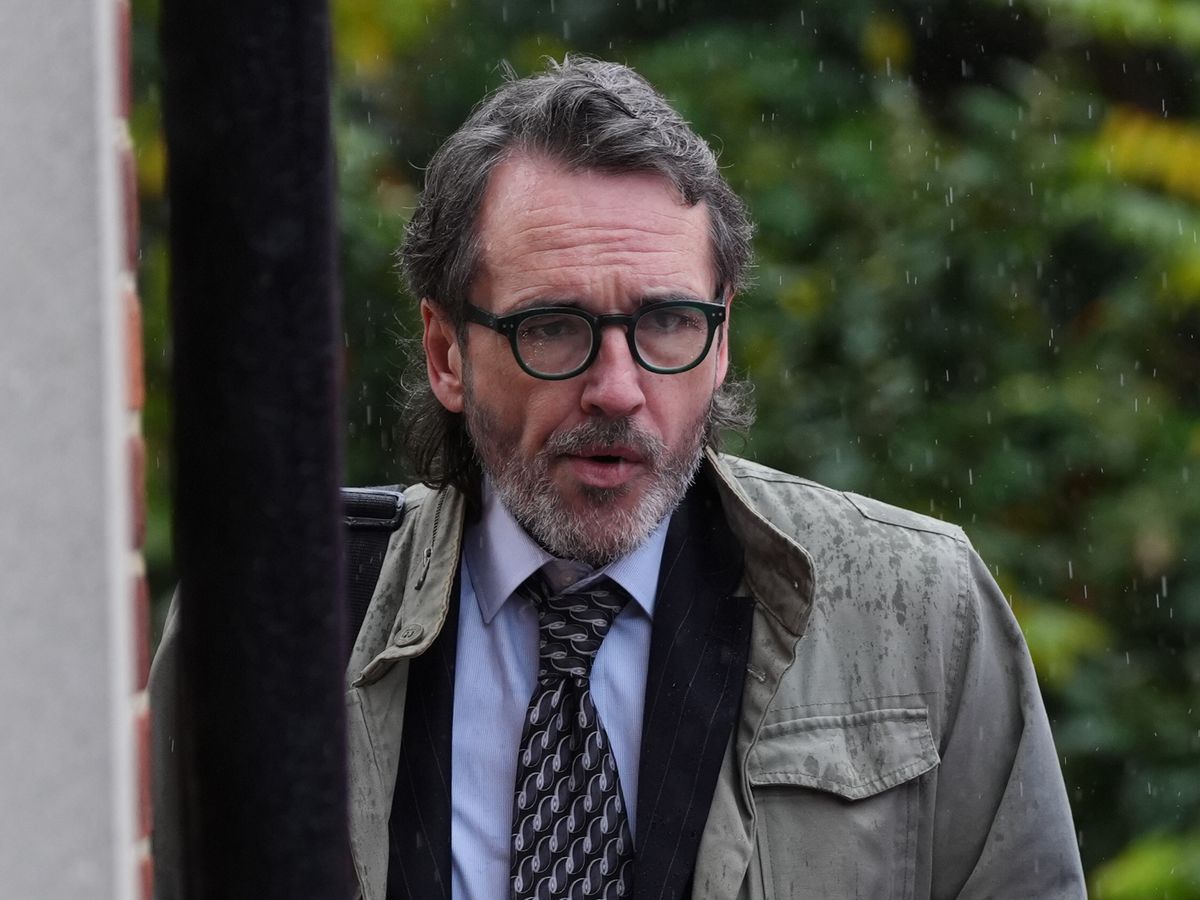Copyright GamesRadar+

It's no wonder Agent 47 is a master assassin. After 25 years of Hitman, he's had more than enough time to become a surefire murder professional, taking players through heaps of sandbox missions to creatively off a huge list of ne'er do well targets. The milestone anniversary, celebrating a quarter of a century since Hitman: Codename 47 released on PC on November 19, 2000, is the perfect excuse to chat with the series' current developers and nerd out about the series' fantastic history of clockwork-like, finely tuned levels. "We're feeling good," says Christian Elverdam, IO Interactive CCO (and director of 2016's Hitman) when I ask about the studio's mood. It's been a journey. Not only has the studio released three full games from 2016 to 2021, but they've been collected together into a living game as Hitman: World of Assassination. Partway through, the studio went from being owned by Square Enix, to independent; shifted from an episodic release model; and has juggled fan expectations around the legendary classic games such as Hitman: Blood Money. "I can just reflect that at least, I think part of the journey we were on from, at least from my time at IO, it feels like we're – in lack of a better word – we're home," says Elverdam. "For a long time, there were so many questions about, what's Hitman supposed to be? What is the future of Hitman? Who's the character, what's the universe, what's the flavor? I think the World of Assassination as it wrapped up, kind of landed in a really good spot. And so 25 years in I think it feels pretty strong." Mister Worldwide "25 years. It's quite impressive for a franchise, and to be at its peak," says Matthias Engstrøm, Hitman 3's game director who has worked as a level designer across the entire Hitman: World of Assassination. "When I started to work on Hitman 3, Hakan [Abrak], CEO of the company, said, 'I think you could work on Hitman forever'. And I was like: yes! It's true. It's part of the DNA, of the company, and, yeah, of me. It's such a fun thing to work on." "In terms of being an old franchise – I don't think we've ever been more, in some ways, youthful, about what we are," reflects Elverdam on Hitman's evolution. "We have the World of Assassination and, actually, in 2013 that was the pitch. The pitch was called Hitman: The World of Assassination back then. The idea was to build an ever expanding game where all the blocks would fit together, so you didn't just replace one game after the other, which eventually leads to this massive body of levels." It's been a long time in the making, but boot up the game today and that's exactly what it is – what started out as moving levels forward through Hitman (2016) through to Hitman 2 has now become entirely one singular hub. "That allowed us to do many things, like Freelancer mode as an example, right? Which is extremely popular, I can say. If you look at who plays Hitman, a lot of people come in and play Freelancer. Which is, in some ways, a small little roguelike mode on top of all that content, right?" says Elverdam. Having those strong foundations has allowed for creativity and experimentation, which is also how the VR versions of Hitman: World of Assassination came about, and the time-limited elusive targets. It's been about being able to ask and answer those questions. "Hey, what happens if we get Jean Claude Van Damme into the game? What would that be like?" says Elverdam. "Or, even better, when we announced James Bond [007: First Light], we had the opportunity to put Le Chiffre into a level that was pretty basically written as an homage to James Bond." The base game being strong and thriving is almost like a safety net. "We did ghost mode. [...] We had sniper mode. We even had what if there's a virus outbreak in Hokkaido [with the] Patient Zero [DLC]." But it's easy to talk about strong foundations now that the task is done – Hitman: World of Assassination, starting with Hitman (2016), had a monumental task ahead of it. 2006's Hitman: Blood Money was a landmark release on PS2, while the next-gen shift away from sandbox levels to authored, more linear missions like police chases and quiet infiltrations with 2012's Hitman: Absolution proved more divisive. IO Interactive had to combine both approaches – the sandbox freedom of Blood Money with the density of detail of Absolution. Elverdam is quick to sing Jacob Mikkelsen's praises (who directed 2018's Hitman 2) when I bring up the undertaking of translating Blood Money's freedom to a whole new scale. "Jacob built Paris, and he was also part of Blood Money – so he built a lot of Blood Money, and even some Hitman before that. He was one of our master blacksmiths back then, discussing what is a proper setup, right?" ("He was truly the master of that," adds Engstrøm). Levelling up For Hitman, getting the levels right is beyond vital with the sandbox approach to completing missions in a variety of creative ways "Jacob [...] directed Hitman 2, Matthias obviously directed Hitman 3, all level designer backgrounds, because Hitman is very level design driven, right?" notes Elverdam. "There's level design, and then there's Hitman level design." "It's so satisfying," says Engstrøm. "If you are a designer or level designer, Hitman is the game you want to work on. I've worked on quite a lot of different types of games, but, yeah, as a level designer, definitely Hitman is up there in terms of just being able to express [yourself], because you are the one who you're allowed to be creative and have that, you know, Swiss cheese." "The way we do the Hitman games, every level has a 'track owner', we call it, but that's mainly a mini director. So you have a lot of freedom with that level, right? Because it's its own little ecosystem," says Elverdam. "That was surprisingly hard to figure out, in all honesty, that was why it took a little while to build Hitman 2016, because it sounds easy on paper. You take the gameplay from Blood Money – the complexity of Blood Money, the nonlinearity sandbox nature – but in Blood Money, you could get away with having more empty rooms and more lightweight ambience, and we set the bar extremely high in Absolution. So how do you square that? We spent a lot of time on that." Hitman (2016) released across PC, PS4, and Xbox One – expectations from players had risen a lot beyond PS2 for what they expected from sandbox levels that boast a multitude of approaches. The goal was to make levels that felt alive and reactive, but that deeply embedded the player as Agent 47 into the "core patterns". An early example of trying to prove the concept, Elverdamn tells me, was "How do we create this recurring event, like a fashion show? Models come in. Models walk on the catwalk. Models walk out again. This can be interrupted in different ways. Models disappear, and it still has to go on until, you know, there's not any models left, but still, for a long time you can take the stage. That was one upping everything we did before. That little system is extremely hard to script. And the auction is a little bit of the same test up in the attic." Hitman: World of Assassination's levels need to feel lively, but not so much that Agent 47 really gets left behind. Iterating episodically, IO Interactive managed to make it work, and kept aiming higher from there. "Hitman 2 was like, OK, Hitman [2016] was great, how do we do everything bigger? The race event is the same thing. It's this clockwork mechanism just even more insane. Let's put the target in a race car – like, Jesus! [laughs] So, Miami and Paris are kind of siblings. But then Matthias, you did Mumbai, which was…" "That was a big one!" chuckles Engstrøm. The Indian city is heaving with NPCs, and multiple targets split across distinct areas from buildings to markets and rooftops. "I think in retrospect, maybe we could have toned it down a little bit." The goal was to match up to the high expectations of the largest previous areas like Paris and Sapienaza. "It's still giving us trouble up to this day, actually! Because that's the one level that we always have trouble running on, like, different platforms, and VR... If it can run Mumbai, then we're fine, it's good!" "I think it's interesting, right?" says Elverdam about the Mumbai level. "It's all about finding the design space. And here we [got to] basically – OK, that's big enough, right? Before that level, everyone was like, 'I want to build something bigger!' After that level people were like [shrugs] 'Yeah, yeah, OK!' [laughs]" It's an incredibly dense level, but Engstrøm notes that it can be difficult for players to want to replay it immediately because it's so large and asks so much. Elverdam continues, "That's what you have to learn, right? Like, can we do a fashion show? Yes. What works, what doesn't? This is, very humbly, what we had to figure out with the new formula [for World of Assassination]. [Mumbai] answers the question: how big can you build a game scaled for jogging and pedestrian walking?" The team briefly considered having the taxi cabs you can use to exit the missions be used to fast travel, but "we ended up not doing it," says Engstrøm. Travel plans I feel cruel asking a level designer their favorite Hitman level, but I can't help myself. "Berlin for me, yeah, absolutely Berlin. Not only because it's a great Hitman level, but also [...] what we wanted it to be, how it should fit in the story – [Agent 47]." The mission, Apex Predator, has Agent 47 forced to go dark while evading and striking back at agents who are in turn hunting him. "Seeing it come alive and being even better [than planned]! And then a twist on the formula that our fans love as well. In a time where people couldn't go out and club because it was during corona[virus], right?" "I can't pick a favorite. I really can't. But I have moments that I think will stick with me forever," says Elverdam. "Walking onto the catwalk in Paris the first time, and actually realizing we were about to do this, and the ramifications for what it meant for the rest of Hitman in the future was tremendous for me. And also just landing Paris. It's still today, the hardest level to work with, because it has so much learning built into it." The first full level of Hitman 2016, it's the map that had to do the heaviest lifting, and really prove itself. "Sapienza for the vibe. Because one of the things I wanted was to make Hitman feel a little bit more aspirational, not dark all the time, [...] a game that you want to hang out in," says Elverdam. To this day, the sunny vibes are immaculate. "I was so amazed at that level when we had it in our hands and it started working. I loved The Constant in the [Isle of Sgai] level. [Like Matthias,] I go Berlin as well. I think it's a masterpiece in terms of: how efficient can you be? It's not too big, it's not too small. It has a spectacular build up going down to the dance floor. It's like, oh my god – it's insane. In that sense, I think it's probably objectively, the most well balanced of all the levels. But then obviously we have Diana [appearing at the end of Mendoza]. I think you can't really beat that. That's also cheating in a way, like, 'Hey, let's put one of the franchise characters in the game'. [...] Then you could go New York. I love the idea, like, the idea of a bank heist and a bank and all that. I love it!" I agree that Sapienza, as the second episode of Hitman (2016), felt truly iconic – and a real statement of intent for what that first game in the new trilogy was aiming to be. "Oh, for IO Interactive as a company, that level holds a special place in our hearts," says Elverdam. "Paris came out, and we had a little bit of a rough launch, as everything you do – like servers, whatever, all that shit – and it was still like, 'what is this?'" "But then Sapienza came out, and it became pretty clear to some people what we were doing. And it was like, Okay, you could just, [snaps fingers] you could sense the vibe changing around gaming and the sentiment about what Hitman is. Because you can't do Paris and Sapienza by mistake. And remember, we were still building the levels right? It was episodic. So for the team to get that feedback was just rocket fuel. The self confidence after that was night and day. [Sapizena] is, in terms of impact, it's the most impactful level we had."



